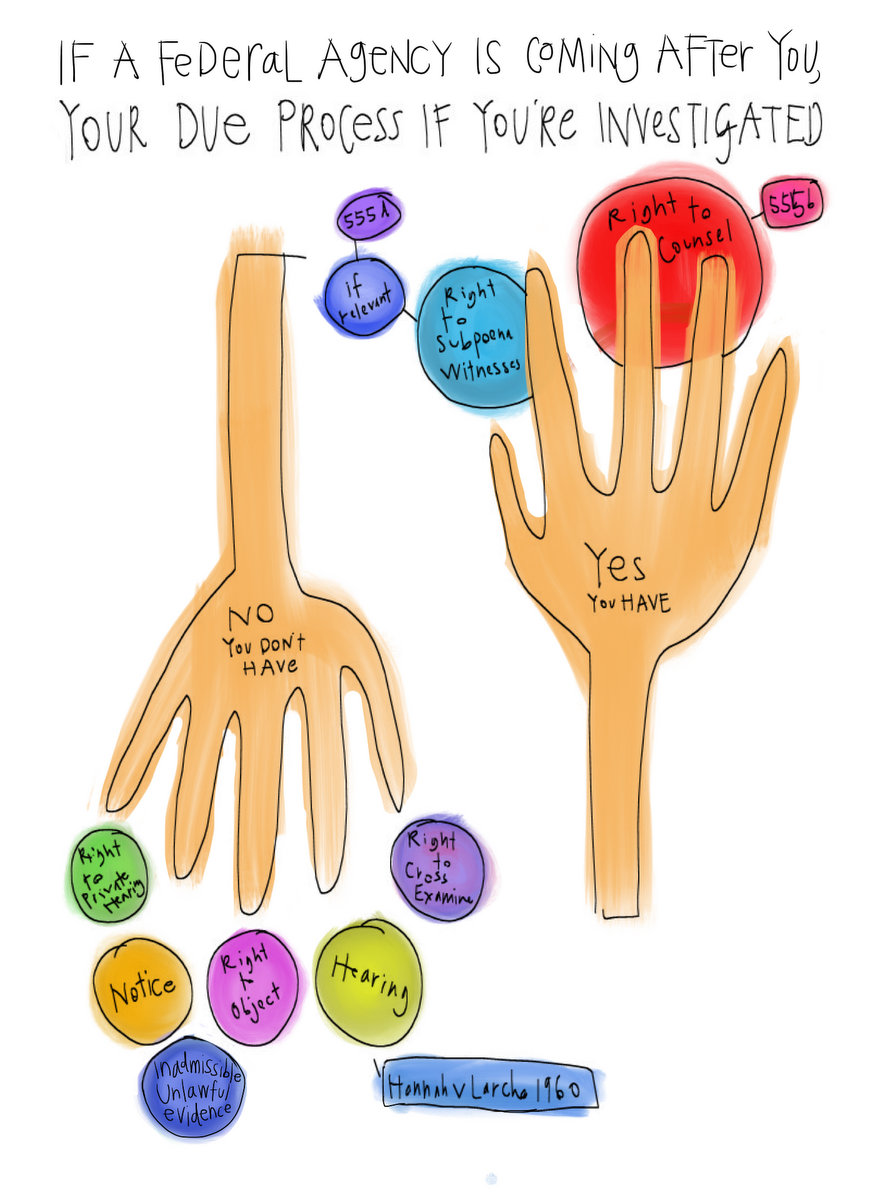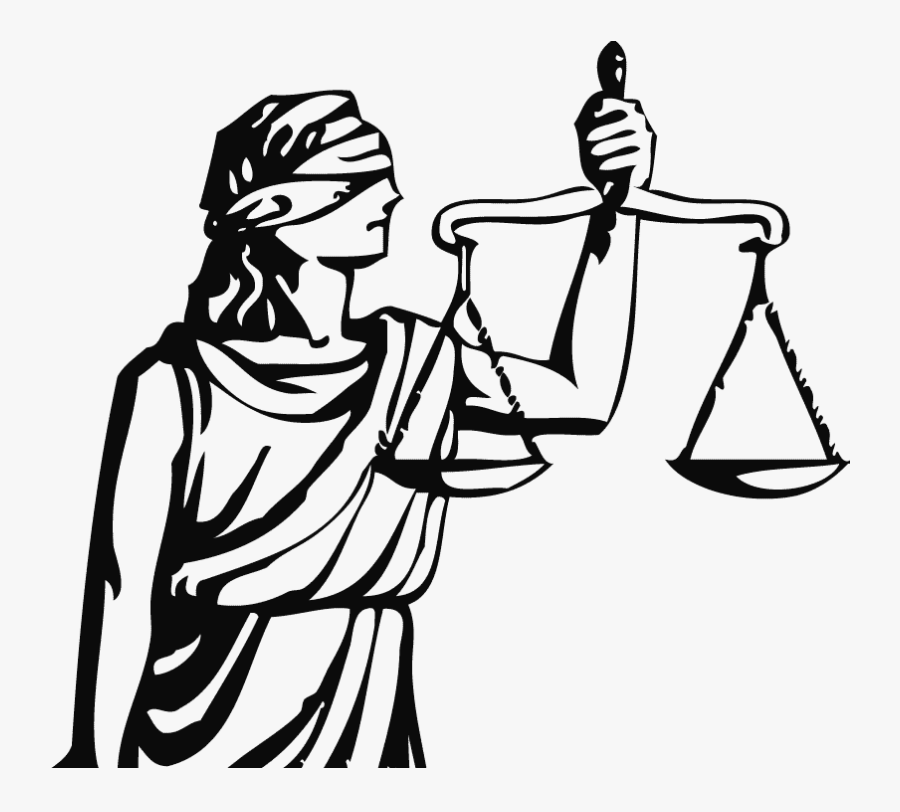Due Process Drawing, Procedural due process and substantive due process.
Due Process Drawing - Web the due process clause is included in both the fifth and fourteenth amendments to the united states constitution. Students will examine supreme court cases trelated to due process. Procedural due process, based on principles of “fundamental fairness,” addresses which legal procedures are required to be followed in state proceedings. Web due process steps. Generally, due process guarantees protect individual rights by limiting the exercise of government power. Web the due process clause has been successfully invoked to defeat retroactive invasion or destruction of property rights in a few cases. Procedural due process and substantive due process. Web generally, “due process” guarantees protect individual rights by limiting the exercise of government power. Web no state shall make or enforce any law which shall abridge the privileges or immunities of citizens of the united states; At the most general level, the clause reiterates the principle of the rule of law: Nor deny to any person within its jurisdiction the equal protection of the laws. The clause prohibits the government from depriving a person of their right to liberty or property without due process. Web due process, a course of legal proceedings according to rules and principles that have been established in a system of jurisprudence for the enforcement and protection. The supreme court has held that the fifth amendment, which applies to federal government action, provides persons with both procedural and substantive due process guarantees. It simply requires that the government follow the law. Web due process, a course of legal proceedings according to rules and principles that have been established in a system of jurisprudence for the enforcement and. Citing various primary sources and adopting a public meaning originalist approach. Web procedural due process limits the government's ability to seize property allegedly subject to forfeiture (which most often occurs when the government claims that the property was connected to, or was the product of, criminal activity). Generally, due process guarantees protect individual rights by limiting the exercise of government. Web tracing the development of substantive due process from the magna carta to the drafting and ratification of the due process clause. Web no state shall make or enforce any law which shall abridge the privileges or immunities of citizens of the united states; Due process balances the power of law of the land and protects the individual person from. Web a due process clause is found in both the fifth and fourteenth amendments to the united states constitution, which prohibit the deprivation of life, liberty, or property by the federal and state governments, respectively, without due process of law. Web the fifth amendment provides that no person shall be deprived of life, liberty, or property, without due process of. The supreme court has held that the fifth amendment, which applies to federal government action, provides persons with both procedural and substantive due process guarantees. Procedural due process, based on principles of “fundamental fairness,” addresses which legal procedures are required to be followed in state proceedings. Procedural due process and substantive due process. Illustration shows justice, wearing a crown labeled. Illustration shows justice, wearing a crown labeled law and carrying a sword and scales, riding on the back of a snail, climbing a steep hill strewn with bolders labeled certificate of reasonable doubt, appeals, change of venue, injunction, [and] stays toward the hall of justice at the top of the hill. Due process balances the power of law of the. The drawing of lots is sometimes used to. Web due process under the fifth and fourteenth amendments can be broken down into two categories: Web procedural due process limits the government's ability to seize property allegedly subject to forfeiture (which most often occurs when the government claims that the property was connected to, or was the product of, criminal activity).. Web due process is a requirement that legal matters be resolved according to established rules and principles and that individuals be treated fairly. The first concrete expression of the due process idea appeared in the 39th article of magna carta (1215). With a special emphasis on the fourth, fifth, sixth, and eighth amendments, this lesson will help your students understand. Web no state shall make or enforce any law which shall abridge the privileges or immunities of citizens of the united states; These provide that nobody may be deprived of life, liberty, or property without due process of law. Nor deny to any person within its jurisdiction the equal protection of the laws. Due process balances the power of law. Web the due process clause guarantees “due process of law” before the government may deprive someone of “life, liberty, or property.” in other words, the clause does not prohibit the government from depriving someone of “substantive” rights such as life, liberty, or property; Illustration shows justice, wearing a crown labeled law and carrying a sword and scales, riding on the back of a snail, climbing a steep hill strewn with bolders labeled certificate of reasonable doubt, appeals, change of venue, injunction, [and] stays toward the hall of justice at the top of the hill. Web procedural due process limits the government's ability to seize property allegedly subject to forfeiture (which most often occurs when the government claims that the property was connected to, or was the product of, criminal activity). Web no state shall make or enforce any law which shall abridge the privileges or immunities of citizens of the united states; The first concrete expression of the due process idea appeared in the 39th article of magna carta (1215). The clause prohibits the government from depriving a person of their right to liberty or property without due process. Procedural due process, based on principles of “fundamental fairness,” addresses which legal procedures are required to be followed in state proceedings. Nor shall any state deprive any person of life, liberty, or property, without due process of law; Web the due process clause has been successfully invoked to defeat retroactive invasion or destruction of property rights in a few cases. These provide that nobody may be deprived of life, liberty, or property without due process of law. Web this lesson examines the rule of law and due process and how belief in these principles is expressed in the constitution. Students will understand the rule of law and due process. Web due process is a requirement that legal matters be resolved according to established rules and principles and that individuals be treated fairly. Web due process, a course of legal proceedings according to rules and principles that have been established in a system of jurisprudence for the enforcement and protection of private rights. The government must act in accordance with legal rules and not contrary to them. Generally, due process guarantees protect individual rights by limiting the exercise of government power.![The Due Process Model [21] Download Scientific Diagram](https://www.researchgate.net/profile/Maria_Karyda/publication/220855408/figure/fig2/AS:305605551116289@1449873449240/The-Due-Process-Model-21.png)
The Due Process Model [21] Download Scientific Diagram
/GettyImages-165026134-2b60d5b775d64acdae21e5851db5aea0.jpg)
Due Process Defined

Due Process Due Process Flow Chart

PPT Due Process PowerPoint Presentation, free download ID2714717

LOST SEASON 1L

12 Due Process Examples (2024)

PPT Due Process PowerPoint Presentation, free download ID2615840

Your Due Process Rights with a federal agency investigation Visual

Due Process Nebraska Department of Education

28 Collection Of Criminal Justice Drawings Due Process Of Law Drawing
Proposed New Standards, And Amendments To Existing Standards, And Interpretations Developed By The Ifrs Interpretations Committee (And Ratified By The Iasb).
It Simply Requires That The Government Follow The Law.
Web The Fifth Amendment Provides That No Person Shall Be Deprived Of Life, Liberty, Or Property, Without Due Process Of Law.
Procedural Due Process And Substantive Due Process.
Related Post: